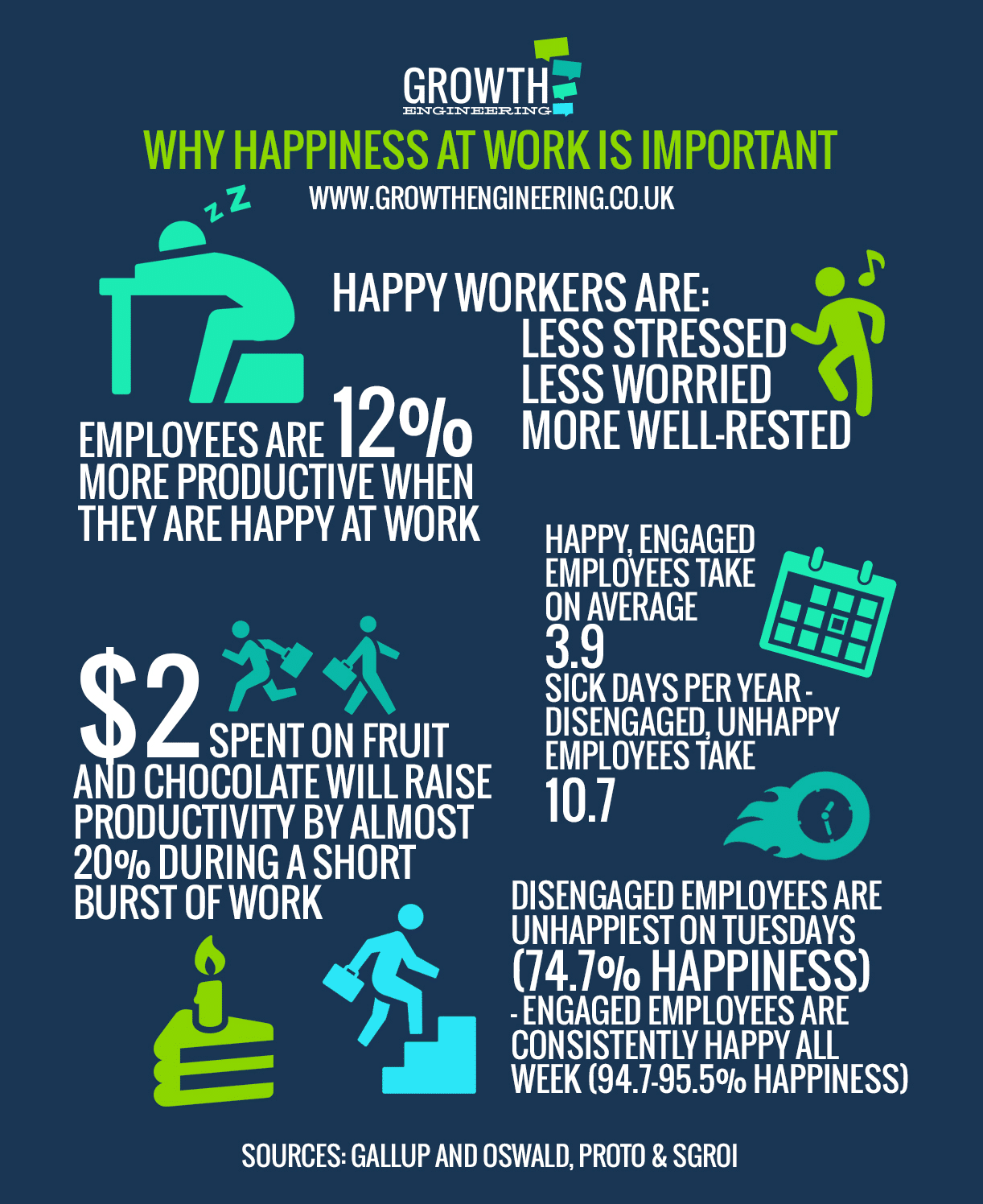Today we are fully engaged in a globalised world. While this can be advantageous for the economic growth of your business, it also invites a new age of problems.
You may be a large company with multiple locations spread across the globe. Or you a small family-owned company preparing to open a second location. While the scale can swing widely, running a business across many locations can have similar issues.
In 2020, many businesses are moving jobs from the workplace to the home. It is likely now, more than ever, that you are dealing with the complications of managing global and remote-based teams.

Image Source: RingCentral
As the workplace moves away from a single venue, managers need to maintain collaboration among their teams. The weight of solving this problem leans heavily on management. Performance and productivity do not need to drop.
Even better, it is a new time to increase these metrics!
In a recent survey, 66% of people said that remote working increased their productivity.
Benefits of Good Team Management
Team building shines when any task is managed well. Teams are assembled with members who have complementary skill sets. Members are given the proper responsibilities to match those skillsets. Team members feel more involved and truly part of a team. Remote teams managed well will experience increased collaboration.
The first step to building a good team is to pick the right team leader. Effective team leaders will motivate and drive successful teams without burning them out. Team leaders can assist the other members of your team when necessary, and remove obstacles from a project’s completion.
High functioning teams work together and perform better. This leads to increased morale throughout the company. Happier employees are less likely to leave.
Besides greater retention rates, having an experienced team makes it easier to bring new team members up to speed.
When team members have good management, productivity increases.
Company performance increases, too, as goals and objectives are met by successful teams.

Image source: Growth Engineering
According to Growth Engineering, happy employees are:
- 31% more productive.
- Produce 37% greater sales.
- 40% more likely to receive a promotion.
- Less absent, with 23% fewer fatigue symptoms.
- Up to 10% more engaged in their work.
People are happier.
The business is making more money.
What more could you want?
You may think that you already have effective team management at your workplace.
But think again.
The 2019 People Management Report found that 80% of managers create frustration for their teams.
Team Management Pitfalls
Bad management occurs all over the globe and is often overlooked. Bad management drains a business of time. And time is money.
Not to mention, bad management is a massive cause of high turnover rates in companies. This lack of retention can be costly to the business.
How do you think all those former employees are going to describe their time with the company? Especially to their peers?
This additional, immeasurable future loss of talent can be devastating to a business’s recruitment.

Image Source: David Bartus from Pexels
Here are some common team management skills pitfalls to avoid:
Micromanagement. Managers try to control too much. A lack of willingness to delegate tasks takes fulfilling responsibilities away from the team. Team members feel a lack of trust and involvement with the project.
Lack of acknowledgement. Team managers use negative reinforcement and fail to use constructive criticism. Employees feel they are performing poorly. Team members will be less apt to collaborate with leaders out of fear of being reprimanded. Teams will focus on making the manager happy, instead of the big picture and what’s best for the project. And ultimately for the company.
Lack of trust. Team members will not feel secure and safe when collaborating on ideas. This leads to a lack of innovation and creativity in the company.
Bad Communication. Poor conflict resolution comes from a lack of clear communication. Conflicts will always arise on projects regardless of how well assembled a team is. Bad managers will put their foot down to quell conflicts without actually listening to each party. This can lead to the same issues arising again and again.
Indecisiveness. Effective managers need to be part of the team but they also need to be confident when it comes to making timely decisions. Without an effective guide, team members will lose confidence in their leader. Without that trust, they are likely to try and solve issues amongst themselves. Indecisive managers can also derail a project by involving too many team members in complicated decisions.
How to Manage a Team in Multiple Locations
It is well established that there are universal truths to good management practices. When managing a team remotely, those same truths apply but the tactics vary.
1. Use technology to encourage two-way communication.
Effective communication is the starting point for good management. Whether a large global workforce or small group of work-from-home staff, two-way communication is key. Different time zones can make this more difficult.
Don’t overcomplicate things. Communications tech solutions are available for all of your problems.
To encourage regular dialogue, managers and team leaders need to be available for employees at convenient times. Use team messaging apps or scheduling software. These management tools make it easy to sync calendars for all team members.
A recent study found that the biggest benefit to remote workers is having flexibility. However, the study also named some of the biggest challenges facing remote workers. Those challenges are loneliness and collaborating and/or communicating with their peers.
Fight this obstacle to employee happiness and productivity.

Use video conferencing and communication software to connect team members. Many project management apps have forums and other forms of social media for team members to communicate with one another.
Good communication will encourage collaboration. A greater number and diversity of ideas will be generated by the team. This increased creativity will improve productivity on a project.
You can use video conferencing software to make the onboarding process easy, too. This will give newcomers to a project an opportunity for clear discussion with project leaders. Better efficiency with onboarding will prevent a loss of time and a decrease in productivity.
2. Be transparent and create a culture of trust.
Transparency helps companies build trust between managers and employees. When everyone on the team is aware of the daily details of a project, the entire team feels more involved. Team members will feel safe and secure to bring up ideas, questions, or other issues regarding all aspects of a project.
Employee feedback must be encouraged. Team messaging and project management software will allow real-time conversations to take place. Team members will be more engaged and solutions to problems will be found more efficiently.
Project management software will also make it easier to keep track of deadlines. All team members will have access to what is due and by whom. Team members will be able to see clearly how they can help pick up the slack when needed or when they’re falling behind.
As a manager, you will want to do your best to make team members aware of goals. Be clear. Be specific. And be concise. Make sure you and the team are not confused about any expectations. And team members need to feel safe to point out when goals are not realistic or executable.
With project management apps, managers will have easy access to the progress of a project. This will allow managers to find out what is slowing progress and alter expectations as necessary.
3. Good leaders know how to delegate.
Part of being a great manager is being able to assemble a cohesive team. Balancing the skillsets of a diverse group of people is an art all its own. As is choosing the right people for the leadership of the project.

Image Source: SF Magazine
Don’t waste your efforts!
Greater distances create difficulty with mutual trust between team members. Employees who feel trusted will be more engaged and much more productive.
No one likes a back-seat driver. Good management leads from the front. If you want to do so, you can start by delegating.
Management should set their team members up for success. This starts by knowing what each individuals’ strengths and weaknesses are. This includes personality traits, work style, and skillsets.
As a manager, you must pick the right people to lead a team on a project. But delegate other responsibilities to individuals based on who is the right fit.
Members who are up to the challenge of greater responsibility should be rewarded with such opportunities. Proven team members will be available to take on additional and more complex roles. Thus, employees and the company will be mutually rewarded.
4. Value your team and acknowledge their work.
Irrespective of job title, all members of the team and management need to acknowledge a job well done.

Image Source: flexjobs
As each step of a project is completed, leadership needs to guide the overall quality of the work to reach the final goals. One effective way to do this is by giving feedback.
You can give effective feedback in one of two ways:
Positive reinforcement – rewarding or emphasising behaviour to encourage it is repeated
Constructive feedback (criticism) – commenting on what and how to improve
Constructive feedback means to:
- Be specific and use examples.
- Create an open dialogue.
- Be honest but use tact.
- Listen and don’t interrupt.
Project management tools make it easy for everyone to see how valuable each team member is to a project. Team members have visual references to see what has been completed and by whom.
A cloud communications platform will allow for easy and rapid acknowledgment and appreciation of a job well done. Make sure managers and team leaders are in close time zones to their respective team members. This will prevent delays in positive feedback!
5. As a manager, you must be available.
Managers need to make themselves available to the team. It can also help if team members have easy access to when a manager is and is not available. Again, cloud communication channels and scheduling software can make your life easier.
When trust and transparency are in place, and proper delegation is utilised, a manager should always have the time to deal with the necessary issues. This is because, more often than not, the appropriate avenues will be followed. Often a solution will be found before a problem needs to be brought to a managers’ attention.
But when something major occurs? The team will be confident that management is available to assist them.
6. Be culturally educated and sensitive to local customs.

Image Source: erinbetzk from Pixabay
The workplace is becoming progressively diverse. More women and more ethnicities are entering company teams every day. Developing countries are producing increasingly more skilled workers.
This is even more true with many companies amassing a globalised workforce in multiple locations.
A global business with a disseminated workforce will want to ensure it operates with consistency. Businesses will want a uniform product regardless of the circumstances. However, this is not always the case with management.
You will want to be culturally sensitive when it comes to management styles. Team members should be led by locally-based team leaders and managers whenever possible. Management needs to be aware of cultural customs and be fluent in the local language. This will encourage camaraderie and teamwork through communication and collaboration.
When language can be an issue, look to intranet language tools to avoid miscommunication. This will help to standardise onboarding and other forms of training.
Additionally, any cloud-based communications will be easier for everyone to be involved and collaborate. Cross-team collaborations can improve the customer experience. Improved customer experience increases revenue by 4-8%.
Culturally educated management leads to a successful team led project.
7. Maintain consistent standards and processes.

Image Source: Medium
Each branch, team, or individual should be able to carry out the same functions. Each location and individual will have their own personality. It is up to management to empower diversity but have consistent production.
Team management software makes it easy to maintain a standard for operating procedures.
Use cloud-based systems for the employee handbook and other important documents. This will ensure the same policies are active in every arm of the business. You will want to have the same HR training standards no matter where a team member is located.
Online training resources will provide a uniform template for all managers and team leaders. Accessible documents will maintain standards with onboarding and other staff training.
Conclusion
Good managers employ the same tactics regardless of the logistics of how they operate. In modern times, management must make use of the technology tools available to ensure optimum productivity and performance of the company.
Managers that are available and effective communicators. Managers that build trust and delegate. Managers that maximize diversity but maintain company standards.
These are the managers that will construct and lead powerful teams. Teams that will work together to produce the best end product possible.
People will be happy. The company will make more money.
Everybody wins!
Originally published Nov 26, 2020, updated Jan 16, 2023



